Introduction: Hello farmers today we discuss the cultural practices need to be done in Horticultural crops in the month of February. In this article, we will discuss various cultural practices need to be taken up in the month of February in various horticultural crops.
A step by step guide to Horticultural Practices in February
In Fruit crops:
Mango: In the month of February, there will be fruit fall in mango due to high temperature, high humidity, pests, and diseases and due to hormonal deficiency. Light irrigation should be provided. Spray NAA @ 20 ppm or planofix 1 ml per liter by mixing in 4.5-liter water once at when fruits are at pea size and once at fruits are lemon size. Spray 1 % urea when fruits are at the lemon size and second spray should be provided 20 days after the first spray. Spray fipronil or histathiyan at 2 ml or acephate @ 1.5 grams per liter if there is any incidence of thrips and hoppers. Along with these spray mancozeb at 2 grams or binomil at 1 gram per liter of water. To avoid disease attack due to rains in the end of the month spray copper oxychloride or copper hydroxide at 3 grams per liter.
In Banana: Provide support for the plants after earthing up with the help of bamboo sticks. Spray potassium nitrite 5 grams per liters or sulphate of potash 2 times with 20 days interval on leaves and bunches. Cover bunches with help of polythene bags having 2 percent holes.
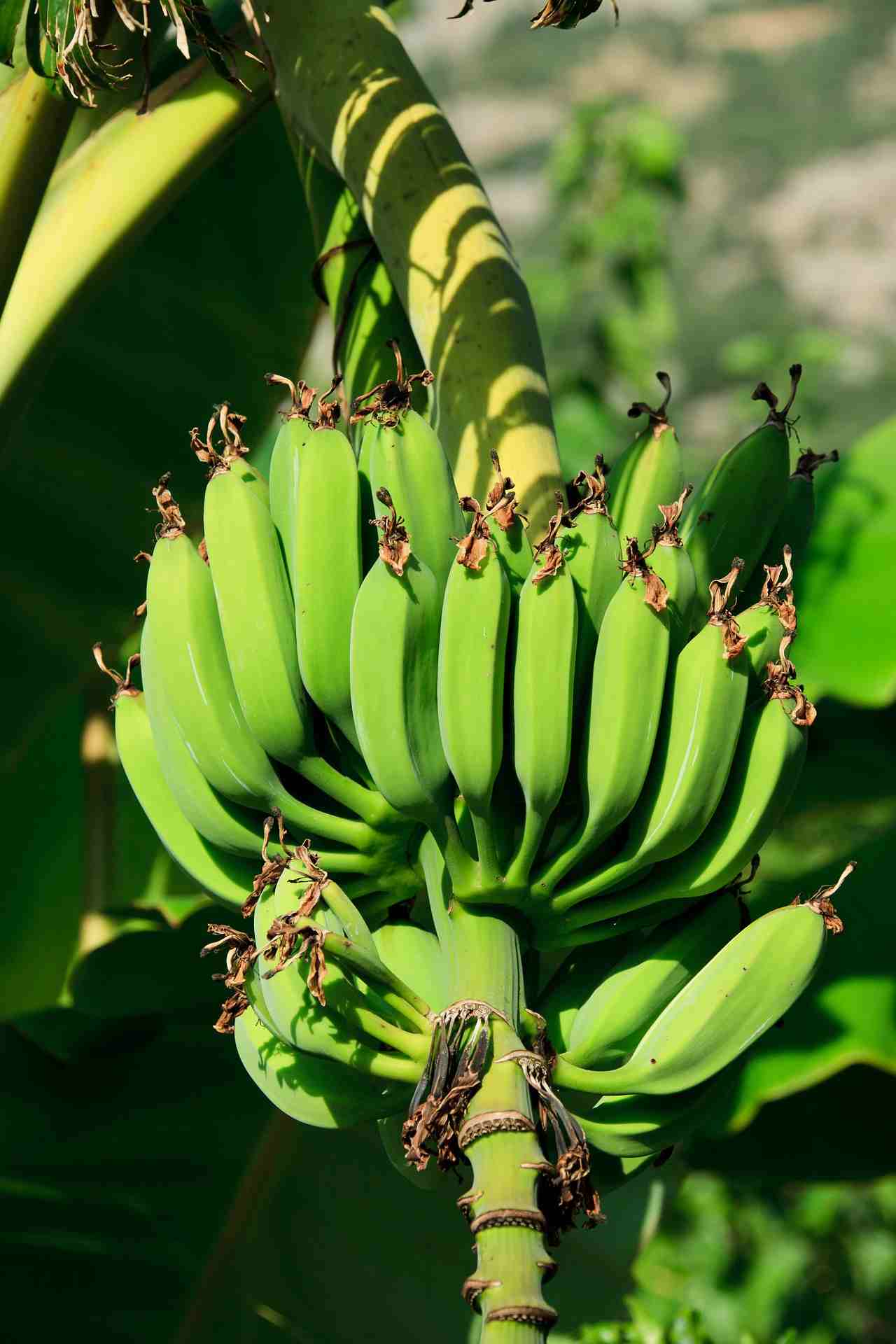
In Citrus: Cover the basins with dry leaves or rice husks. Spray micronutrient mixture on young leaves. Spray imidacloprid 0.5 ml or thiomithaxim 0.3 grams or spinosad 0.4 ml or fipronil 2 ml or Dimethoate 2 ml along with neem oil 5 ml per liter 2 times within 7 days interval to avoid sucking pests.
You should not miss the Integrated Fish and Duck Farming in India.
In Guava: Harvesting will be completed. Stop irrigation. Spray NAA 50 ppm to get winter season crop by regulating rainy season crop.
In Custard apple: February is the proper time for grafting.
In Sapota: Orchard should be kept clean by removing weeds. To manage bud borer damage spray chlorpyriphos 2 ml per liter of water.
In Jack fruit: Irrigation should be provided compulsory in jack fruit orchards in February. Fruit set will be started in the month of February in Jack fruit. Spray copper oxychloride 3 grams per liter.
In Pomegranate: Spray carbendazim 10 grams + 2.5 grams streptocyclins per 10 liters of water to avoid bacterial leaf spot. To manage anthracnose spray 1 gram carbendazim or 1 ml propiconazole per liter water. Collect and destruct the infected plant parts.
In Grapes: Apply potassium fertilizers to increase the quality and cover the crop with nets to avoid damage by birds.
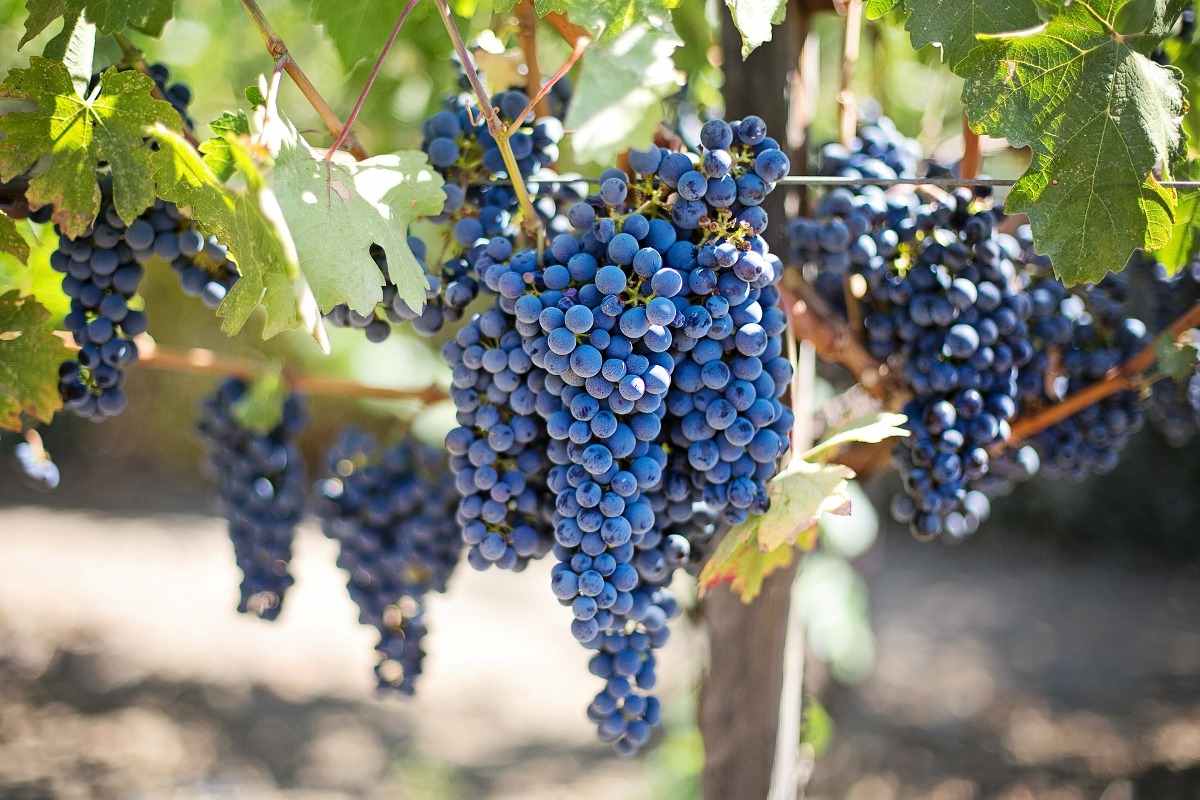
In Amla/Indian Gooseberry: In the months of January and February amla trees goes under dormancy after flowering and fruit set.
In Ber: Give rest to the plants. Should not practice any cultural practices like pruning, fertilizer application, etc.
In Papaya: In February month there will be a high incidence ringspot virus. It takes around 6 weeks to observe symptoms of the ringspot virus. Oily dark green color spots will appear on petioles and upper part of the stem. All these spots gradually turn into stripes. Destruct the virus-infected plants. Spray Acephate 1.5 grams+ 2.5 ml grams neem oil along with 0.5 ml glue per liter to manage sucking pests. Sucking pests can also be controlled by installing the yellow sticky traps at a rate of 4 – 5 per acre.
You may also like the Layer Poultry Feed Formulation.
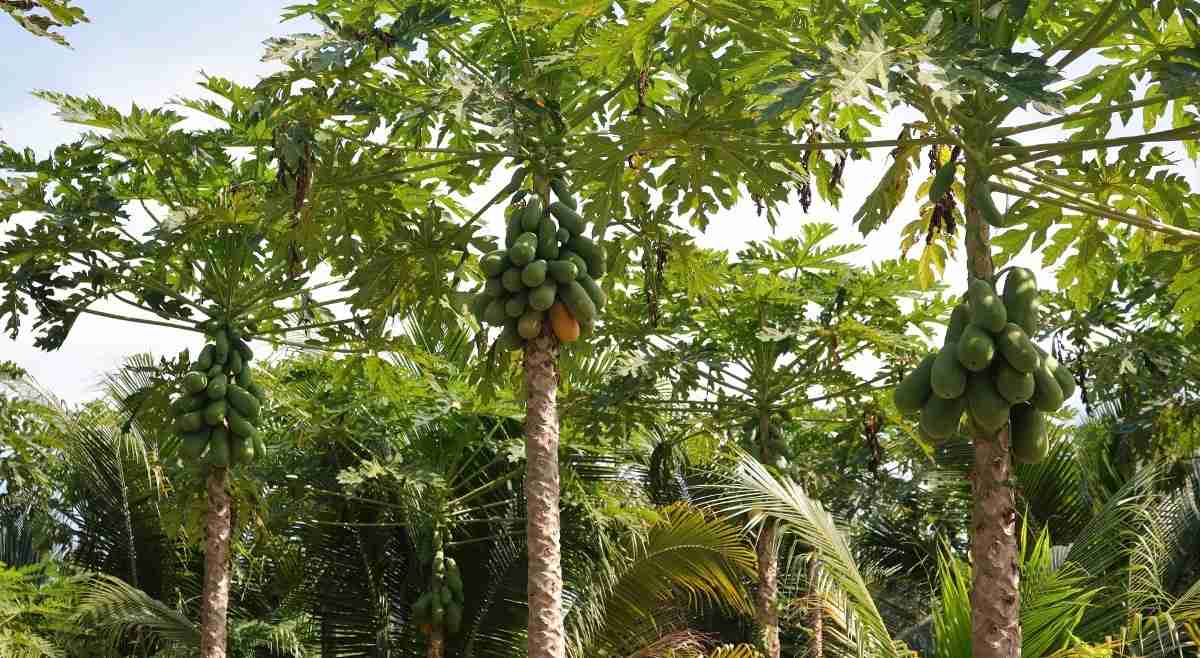
In Vegetable crops:
In Colocasia: Colocasia can be planted in months of January and February if there is proper availability irrigation water.
Elephant foot yam: Irrigation should be provided depending upon the need. To increase the tuber weight spray sulphate of potash 5 grams per liter. When there is a high incidence of anthracnose spray mancozeb @ 3 grams per liter water. Spray Dimethoate 2 ml or acephate 1.5 ml per liter to decrease whitefly incidence as it spread the mosaic virus.
In Tomato, Brinjal, Chilli, and Onion: Transplant the seedlings into the main field. Land should be ploughed thoroughly 3 – 4 times and add 8 -10 tones of farmyard manure per acre. Apart from farmyard manure add 24-kilo grams of potash, 24-kilo grams of phosphorous and 40-kilo grams nitrogenous fertilizers. Nitrogenous fertilizers should be applied in 3 splits at 30, 45 and 60 days after planting. Spray pendimethalin (stomp) at 6 ml per liter water (1.2 lit per acre) within two days after planning to avoid weeds.
In Bitter gourd, French beans, Cowpeas, Okra, Ridge gourd, Watermelon, Muskmelon, Bottle gourd, Cucumber, Pumpkin and Ash gourd: Sow seeds directly in the main field. Seed treatment needs to be done before sowing. Seed treatment should be done with the help of Rhizobium culture. Add 10 tones of farmyard manure during last ploughing along with 24-32 kilograms of phosphorous, 20-24 kilograms of potassic fertilizers. Apply 31-40 kilograms of nitrogen in two splits at 25, 45 days after sowing.
In Coriander, fenugreek, amaranthus: Direct sowing should be done in small plots and harvesting can be done 25-30 days after sowing. To increase leaf yield spray 20 grams of urea per liter. In brinjal and bhendi for managing fruit and shoot borer spray Emamectin Benzoate 4 grams per liter or spinosad @ 3 ml per liter.
In Moringa: Six months after sowing apply 100 grams of urea, 150 grams muriate of potash per plant. Light irrigation should be provided after fertilizer application. Annual moringa can be harvested 6 months after sowing. Depending upon the type of variety every plant yields around 150- 200 fruits. From the second year every plant yields around 250-400 fruits.
Incase if you miss this: Crops Suitable for Sandy Soil.
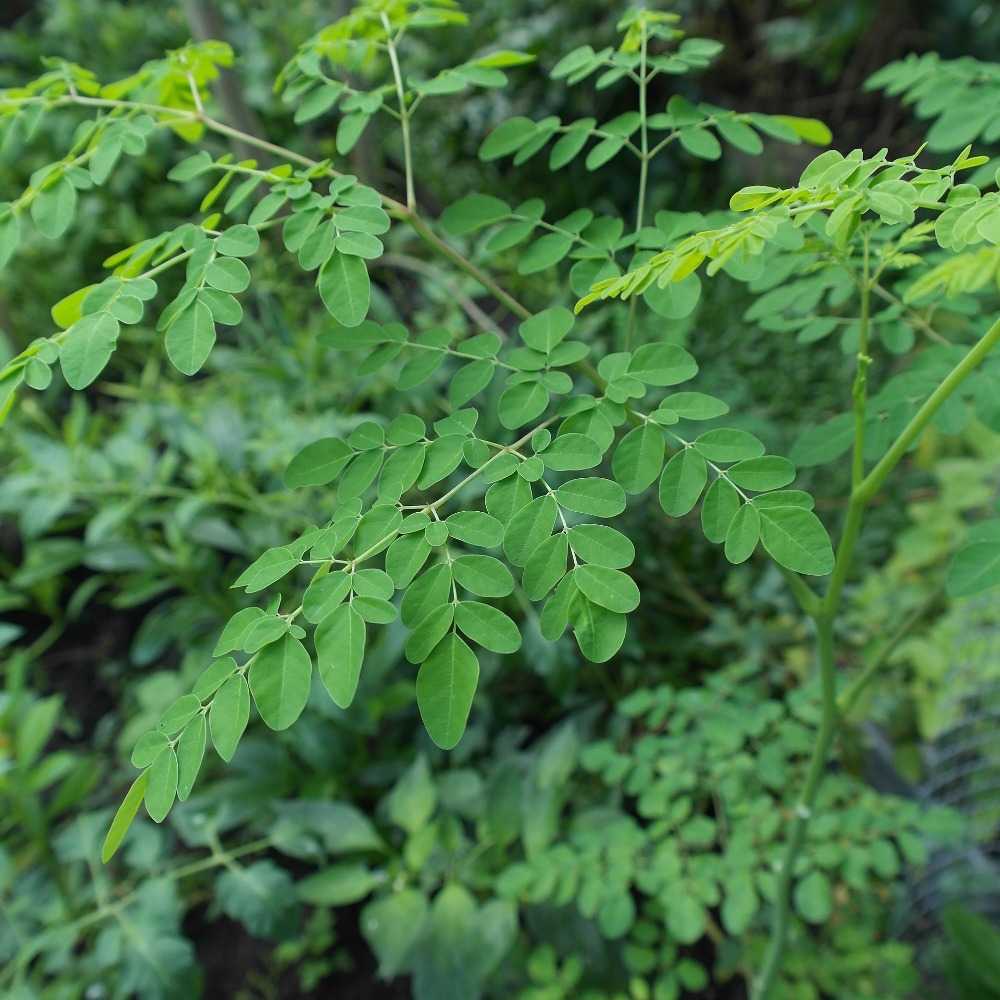
In Cucurbits: To prevent damage by beetles in cucurbits spray thiodicarb @ 3 grams or 5 ml neem oil per liter.
In Flower crops:
In Roses: Flowers should be harvested before they bloom fully for distant markets. For local markets, flowers should be harvested when the outer row of florets began to open. Prune the dried twigs and apply copper oxychloride.
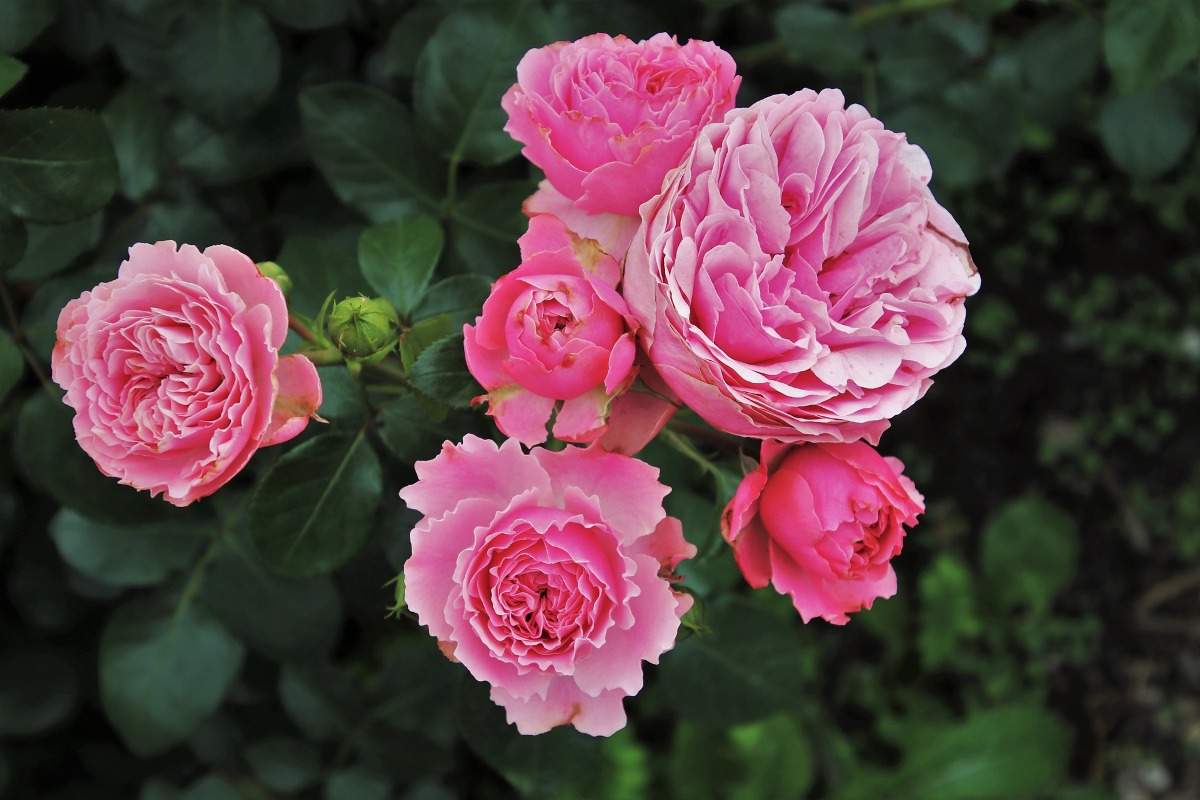
In Jasmines: To reduce red mite damage spray Dicophal @ 3 ml per liter.
In Marigolds: Apply nitrogen, phosphorous and potassic fertilizers each at 30 kilo grams per acre during last ploughing.
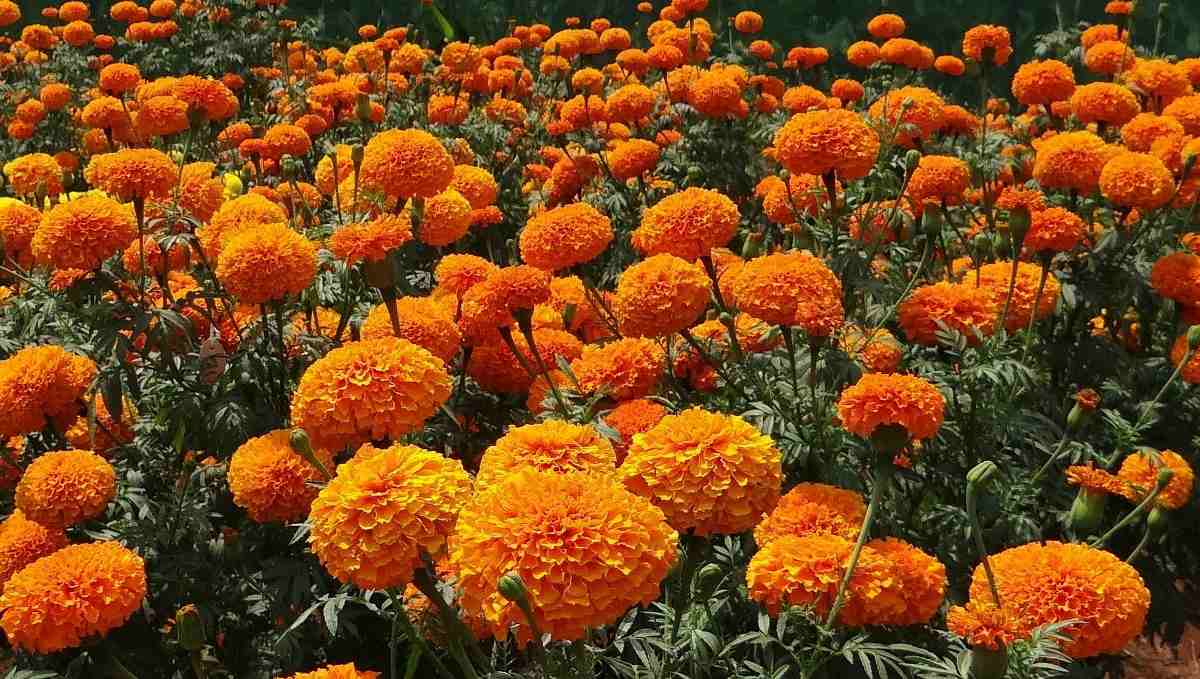
That’s all folks about Horticultural Practices to be carried in India in the month of February. You might be interested in Dairy Farming Business Plan in India.